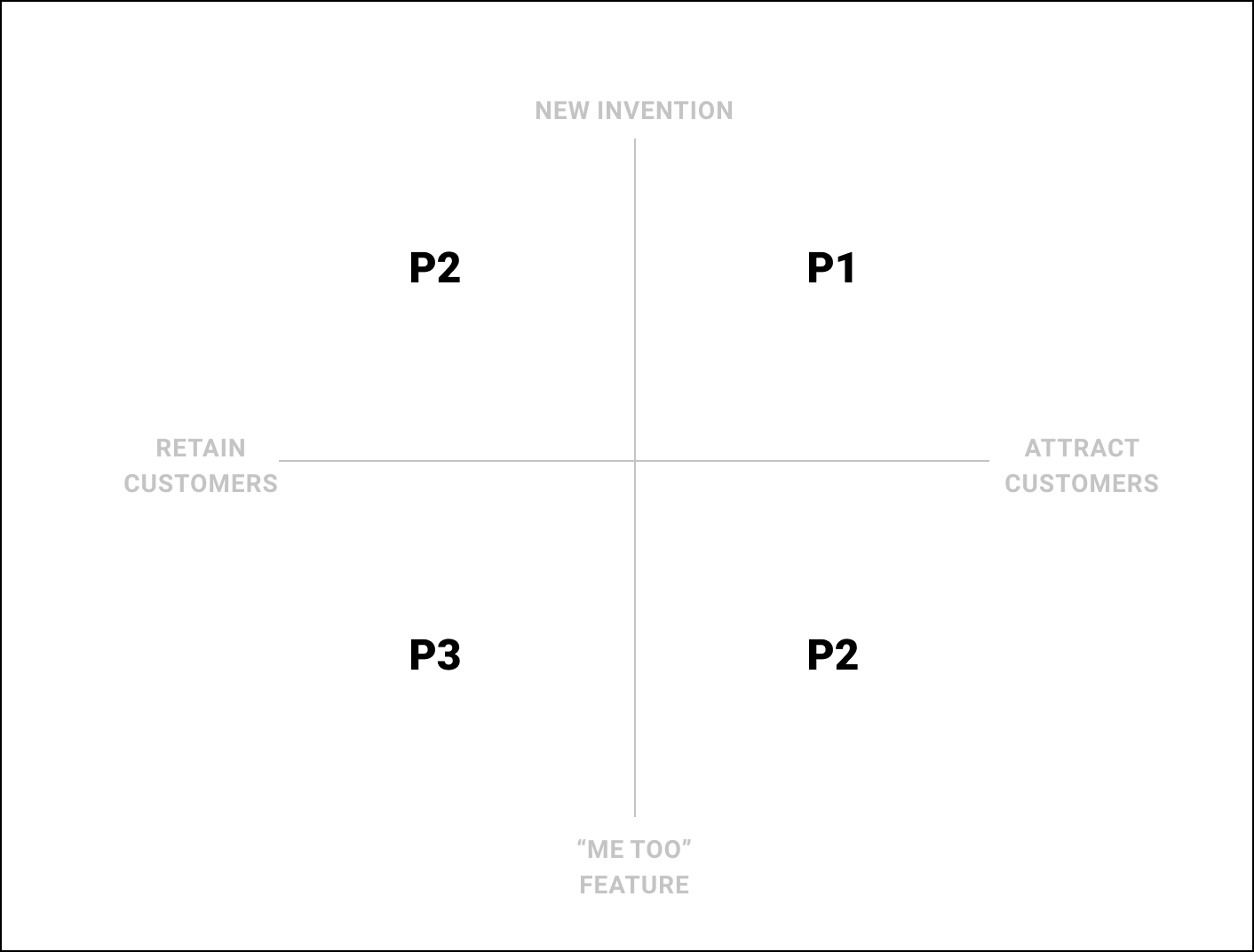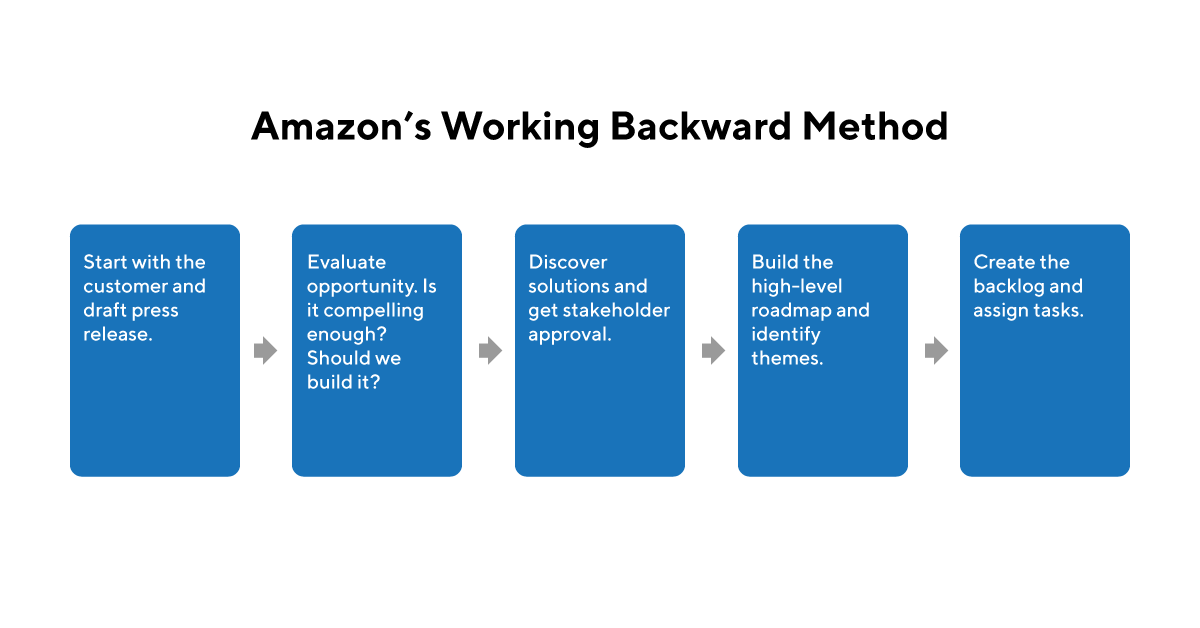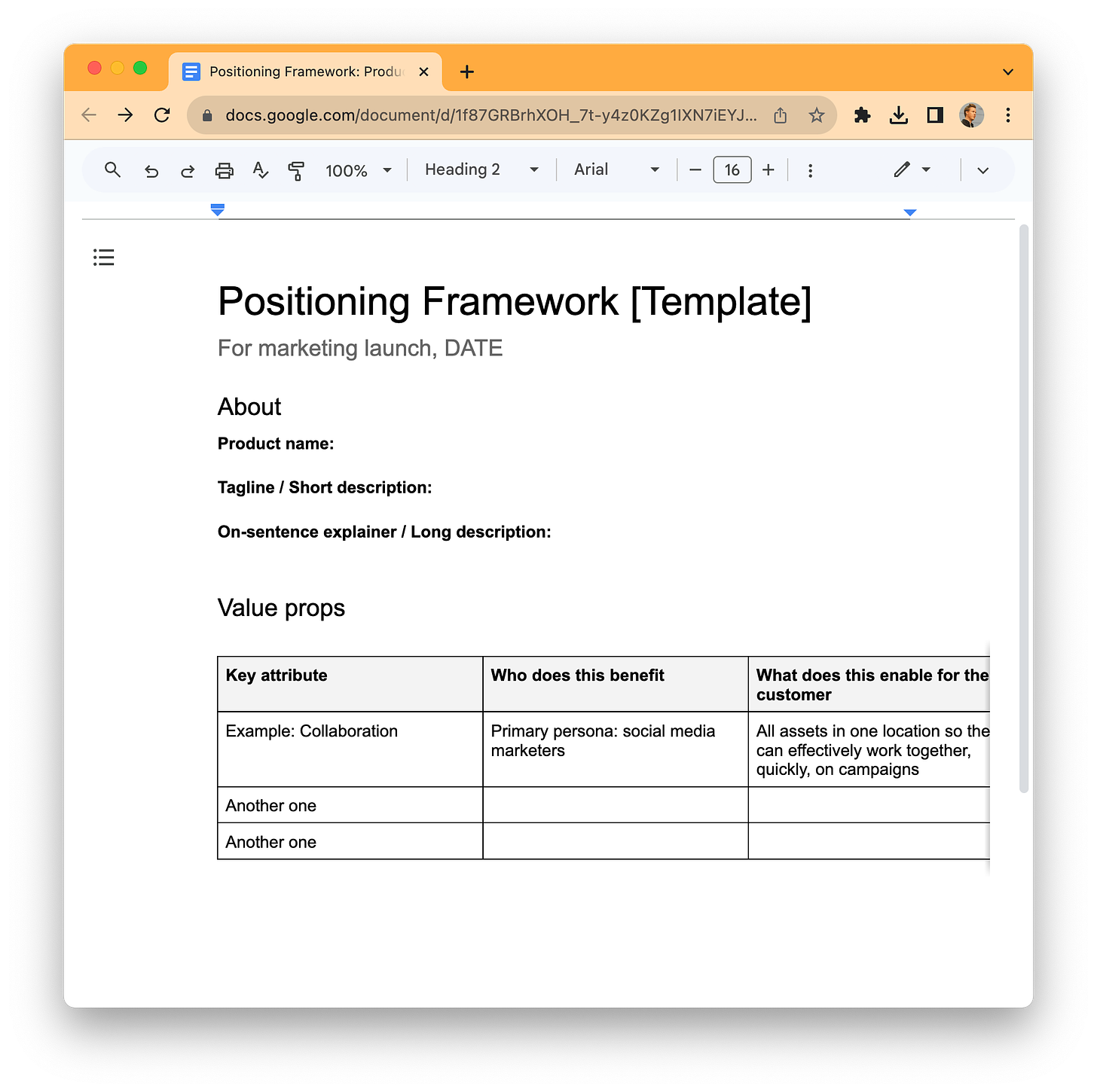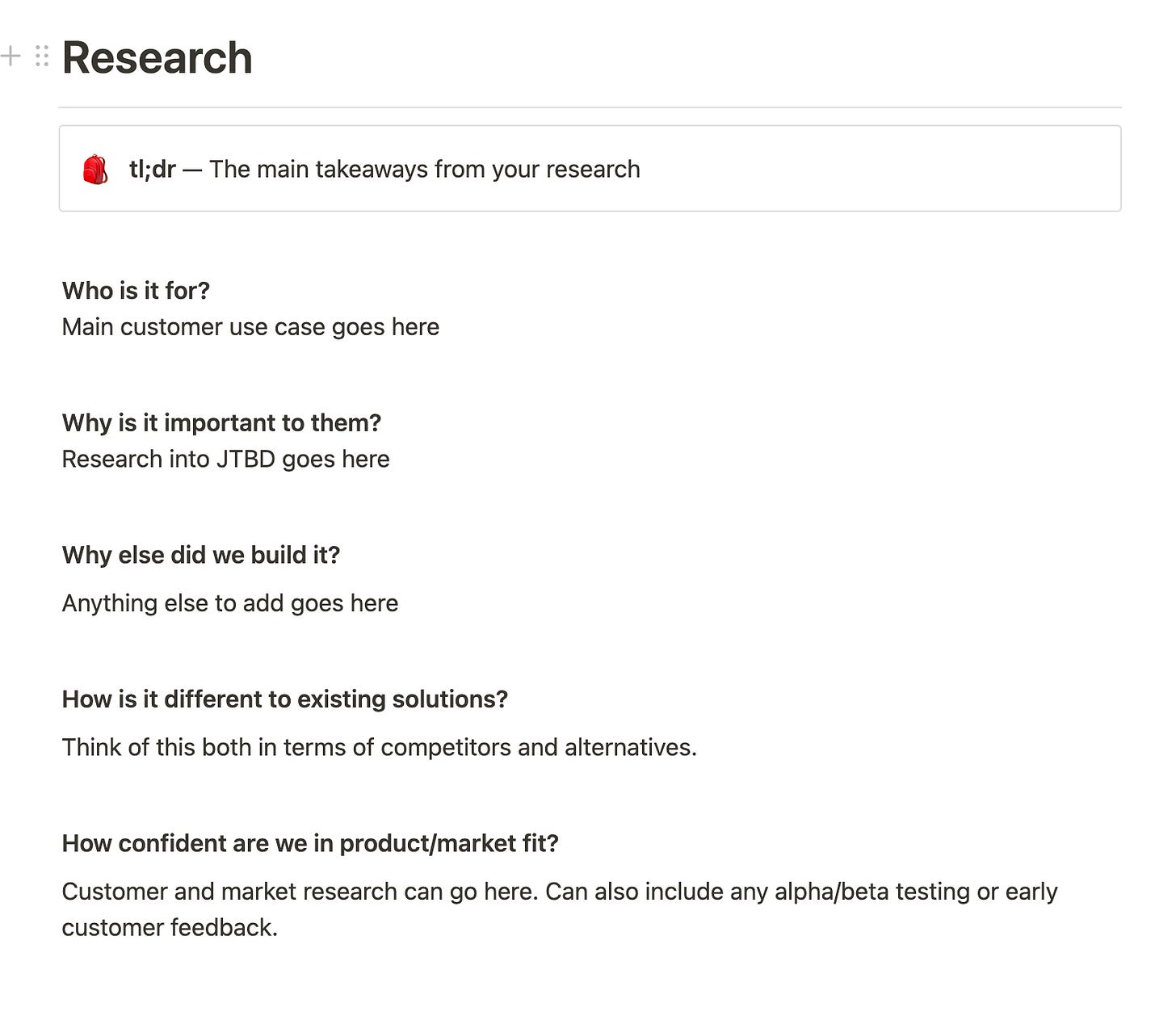Hellooo 👋 So happy to have you here. I’m Kevan. I have spent 15+ years as a head of marketing for some cool tech startups. Now I’m co-founding a brand storytelling business called Bonfire. We do coaching, advisory, and content, and we’d love to hear from you, anytime. Come say hello.

I have launched new products dozens of different ways.
Which some might take to mean that I don’t have a plan.
Au contraire!
I simply have dozens of plans. :)
And as many of you have probably learned over your years in marketing, there is seldom a single correct way to launch a product — or to do anything marketing-related really. Every company is unique, every stage is unique.
I’ve had the fortune to see lots of different companies at lots of different stages, and I can report back that not every product launch is created equal.
But one thing that they almost all have in common is that, at some point, you the marketer will need to have a way to explain what it is you’re launching and why.
Five unique frameworks to describe the new product you’re launching
First and foremost, before we get to the frameworks, I would be remiss not to start with my boilerplate statement about the importance of creating tiers for your various product launches. Not every launch is deserving of all the bells and whistles. Not every launch is even deserving of the messaging frameworks I’ll be discussing below (I’m looking at you, bug fixes).
If you haven’t heard me preach it yet, here is the framework I use for tiering product launches. Your P1 launches are new-to-the-market features that attract customers. Your P2s are either new and retain customers or table stakes that attract customers. Your P3s are mostly catchups that don’t move your acquisition numbers.
For the following messaging frameworks, definitely use them for your P1s and P2s, maybe use them for your P3s, and don’t bother with them for your P4s.
1. Write the press release
Popularized by Amazon, in this framework you come up with the messaging for your product before you do anything else. Here’s the full Amazon method:
According to a former Amazon director, here is what you should include in your fake press release:
The product’s name
The intended customer
The problem the product solves
The benefits to the customer
A quote from someone at the company explaining in an inspirational way why you developed the product and what you hope it will do for your customer
A call to action telling the customer how to advantage of the product right away
Optional addendum: FAQ answering the business or tactical questions about building the product
Literally, this fake press release is intended to be written before you do any work on the actual product feature. What an amazing world that would be for product marketers to have this messaging this early.
When I’ve used this method before, sometimes it will be the product manager who writes the fake press release, sometimes it will be the product marketer. The best setup, of course, is if the PM and PMM work on it together.
2. Write the blog post
When I was at Buffer, our messaging statements for product launches were simply the blog posts that we wrote as part of the product launch.
Not only is this a great exercise to get the messaging clear enough that it makes sense to your external audience, it also makes things very efficient since you can use the blog post draft as a way to get your team on the same page with all the other launch messaging.
Here’s an example from (gulp!) ten years ago!
(This tactic is especially useful for early-stage teams where people wear a lot of hats for product launches.)
3. Create a lightweight messaging doc
Sometimes the most efficient way to get people on the same page is to circulate a simple positioning document to the team. Here’s one of the shortest and sweetest that I’ve used to good success in the past:
(You can download it for free and make a copy.)
To keep your messaging simple, make sure you include the basics and not much else:
Name of the feature
Tagline
Longer description
Value props and who they’re for
4. Create a complete product launch plan
I’ve written before about the full product launch playbook I’ve used, so I won’t repeat too much of myself here.
What I’ve found is that this type of product launch playbook is generally great for more mature companies where you have a few weeks of buildup before a launch and you have a whole host of stakeholders both inside and outside of marketing to wrangle.
In this playbook is an important section on research takeaways, which help communicate the basics of the thing you’re about to launch:
5. Create a complete GTM plan
And finally, sometimes your product launch may call for an entire go-to-market plan to be built around your new feature. This is the rarest of cases for me — both in terms of the scope of the feature that would require this amount of rigor and in the size of company where rigor to this degree is useful rather than overkill.
Here’s a free GTM template that you can copy and paste. The key differences with this template versus the other frameworks above is that the GTM template goes deep into growth motions and acquisition engines and org-wide strategies to grow the new product that you’re launching.
Over to you
What is your favorite way to get folks on the same page before you launch? Let me know any favorite frameworks or tools. I’d love to learn from you.
About this newsletter …
Hi, I’m Kevan, a marketing exec based in Boise, Idaho, who specializes in startup marketing and brand-building. I previously built brands at Oyster, Buffer, and Vox. Now I am cofounder at Bonfire, a brand storytelling company.
Each week on this substack, I share playbooks, case studies, stories, and links from inside the startup marketing world. Not yet subscribed? No worries. You can check out the archive, or sign up below:
Thank you for being here! 🙇♂️
I’m lucky to count folks from great brands like these (and many more) as part of this newsletter community.








![322. GTM strategy [w/ free template] 🏁](https://substackcdn.com/image/fetch/w_140,h_140,c_fill,f_auto,q_auto:good,fl_progressive:steep,g_auto/https%3A%2F%2Fbucketeer-e05bbc84-baa3-437e-9518-adb32be77984.s3.amazonaws.com%2Fpublic%2Fimages%2F8361df19-4449-4f75-a52b-673b3b277d26_500x500.gif)

